Paint Touch-Ups Are a Cinch Thanks to This Easy Trick
Keeping your walls looking fresh takes less than a minute.
ByAnne Rowley
Published On
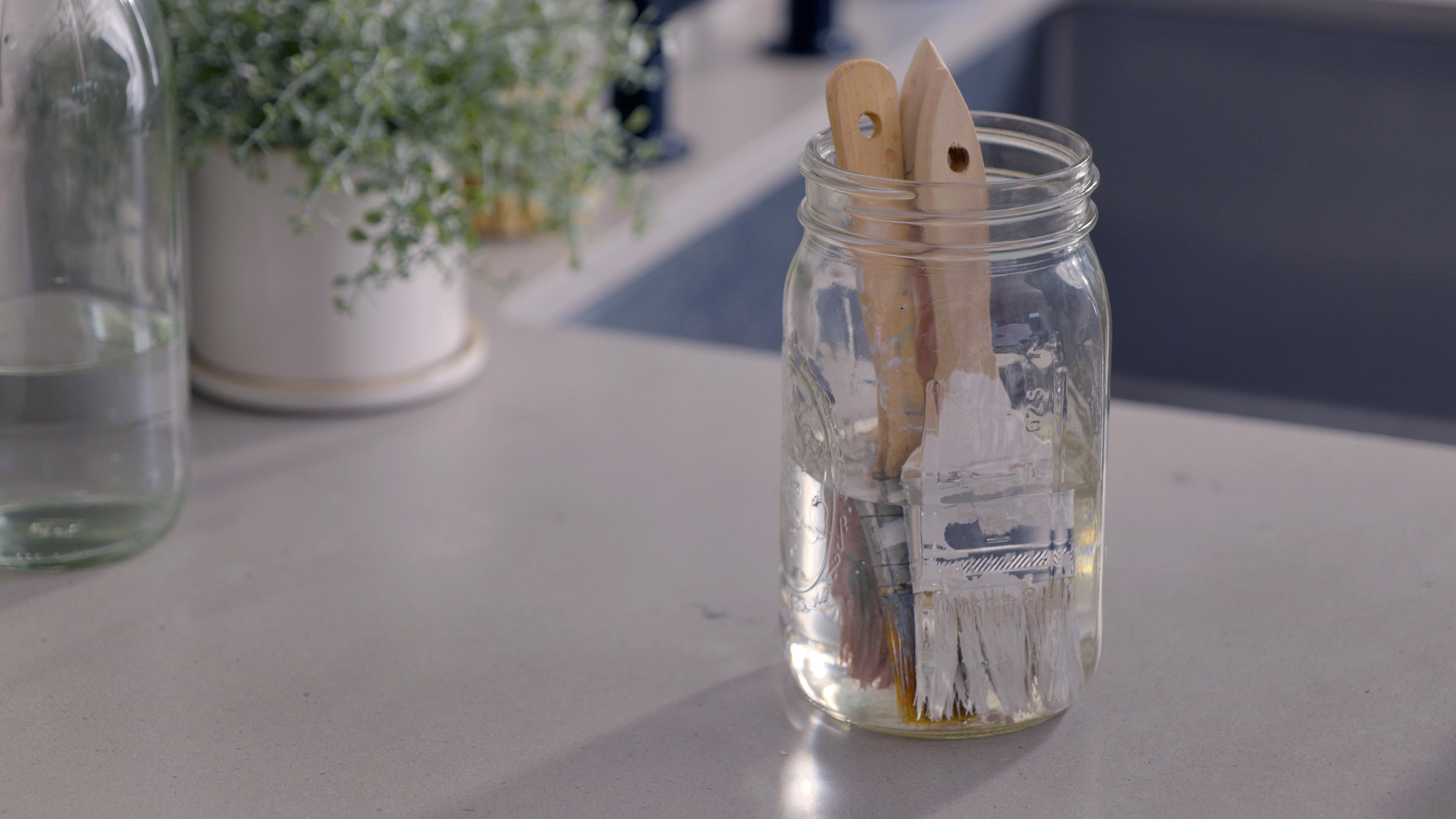
Photo by Food52
When I moved into my newly painted home, it only took a couple of weeks before I was stopped in my tracks by a nick in the paint. In the eight years since then, this same scene has played over and over in a sort of homeowner deja vu.
I once took a DNA test that told me what percentage of my DNA was Neanderthal. I will never reveal that number because it was astonishingly high. Despite there being no evidence that it bears any weight on my actual intelligence, I’m still embarrassed by it. However, I’d like to blame my particularly heightened sense of disconcerting dread when I spot dings in my wall’s paint on my ancestors’ need to be highly aware of changes to their surroundings. The paint dings of today were the poisonous insects of yesterday, at least, that’s what my (mystery-percentage-of-Neanderthal) brain is telling me.
The problem is, keeping the walls maintained and looking like new feels like a Herculean task at times, especially with three young kids, two clumsy adults, and two cheeky cats prone to the zoomies all living together under one roof. The upkeep almost led me to despair.
One day, when I’d finally dragged out the paint can to touch up a spot in my kitchen just to notice another as soon as I’d put the paint back, I had a brilliant idea: keep some paint in a small glass jar, easily accessible, and then touching up the paint when needed will only take a minute or two.
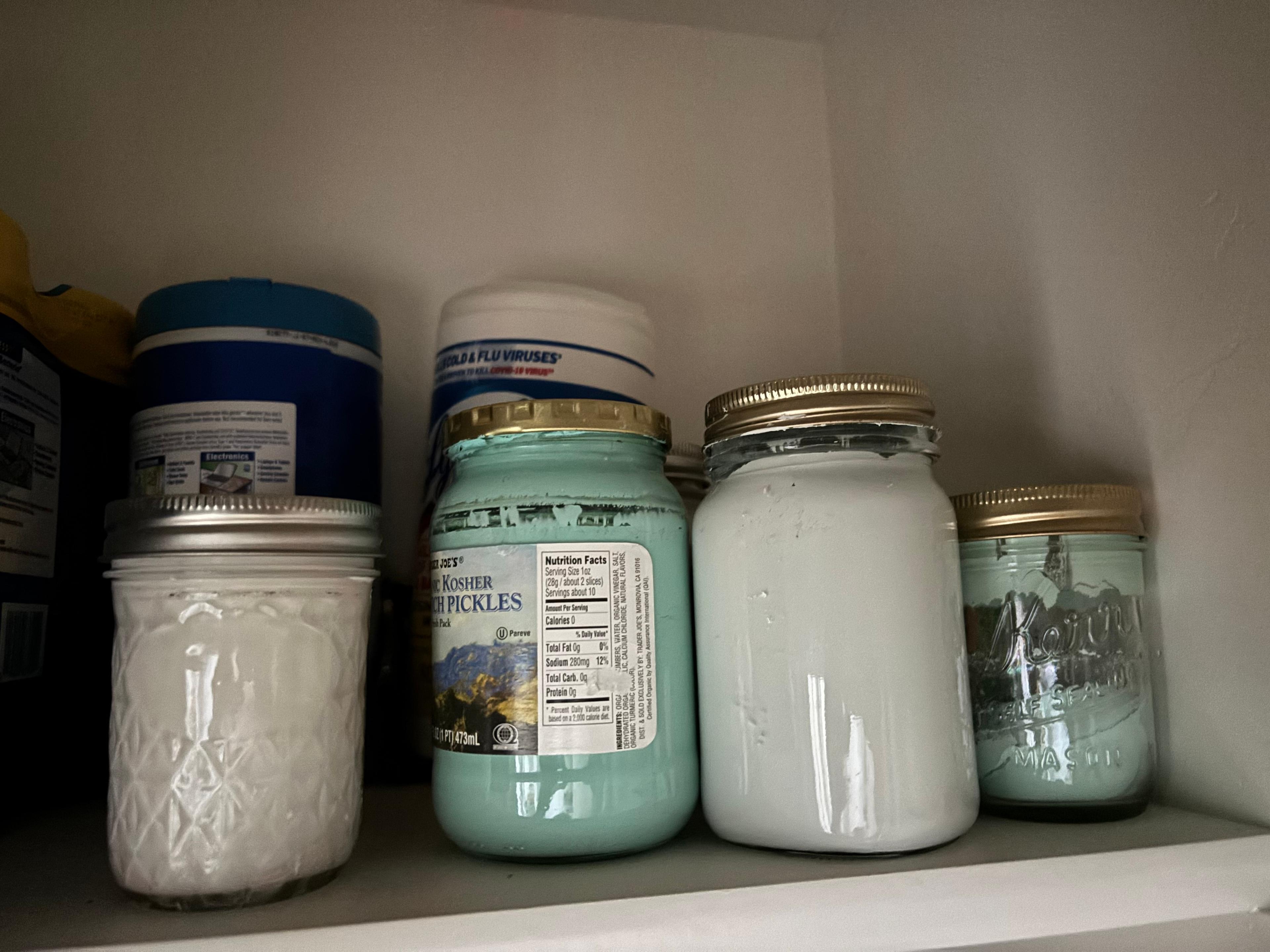
Photo by Anne Rowley
How it works
This trick works best if you pour your paint into the touch-up jar the same day it’s been mixed, but I’ve also done it many times after the fact. You’ll just want to be sure that the paint is mixed thoroughly, or your new layer may not match the rest of the wall as well.
To make touch-ups even easier, I keep a tiny paintbrush next to my jars of paint so that I can quickly fix what I need, but I’ve also been known to dip a cotton swab or just my pinky in the paint and dab at the spot so as to not leave any brush strokes.
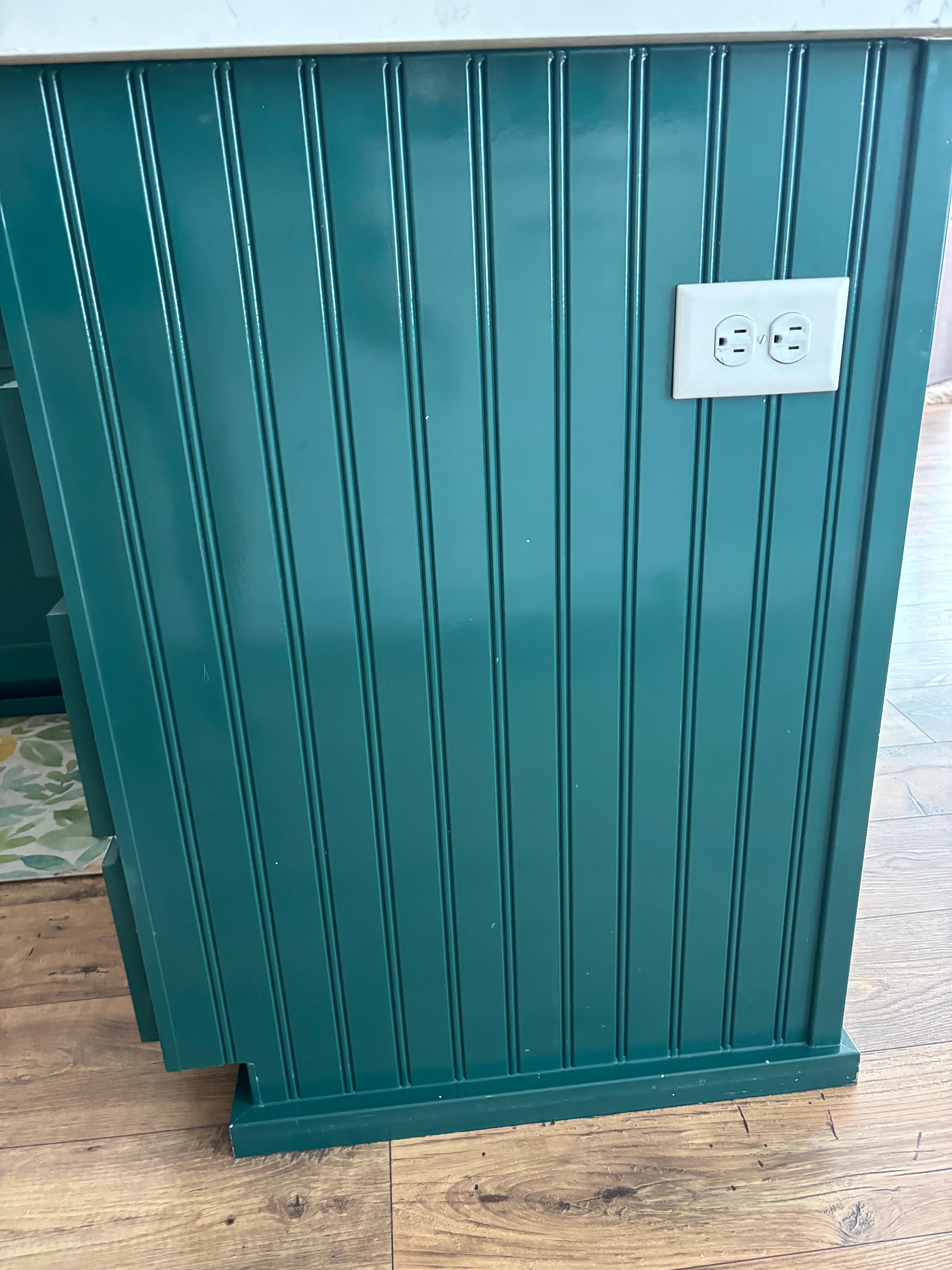
Photo by Anne Rowley
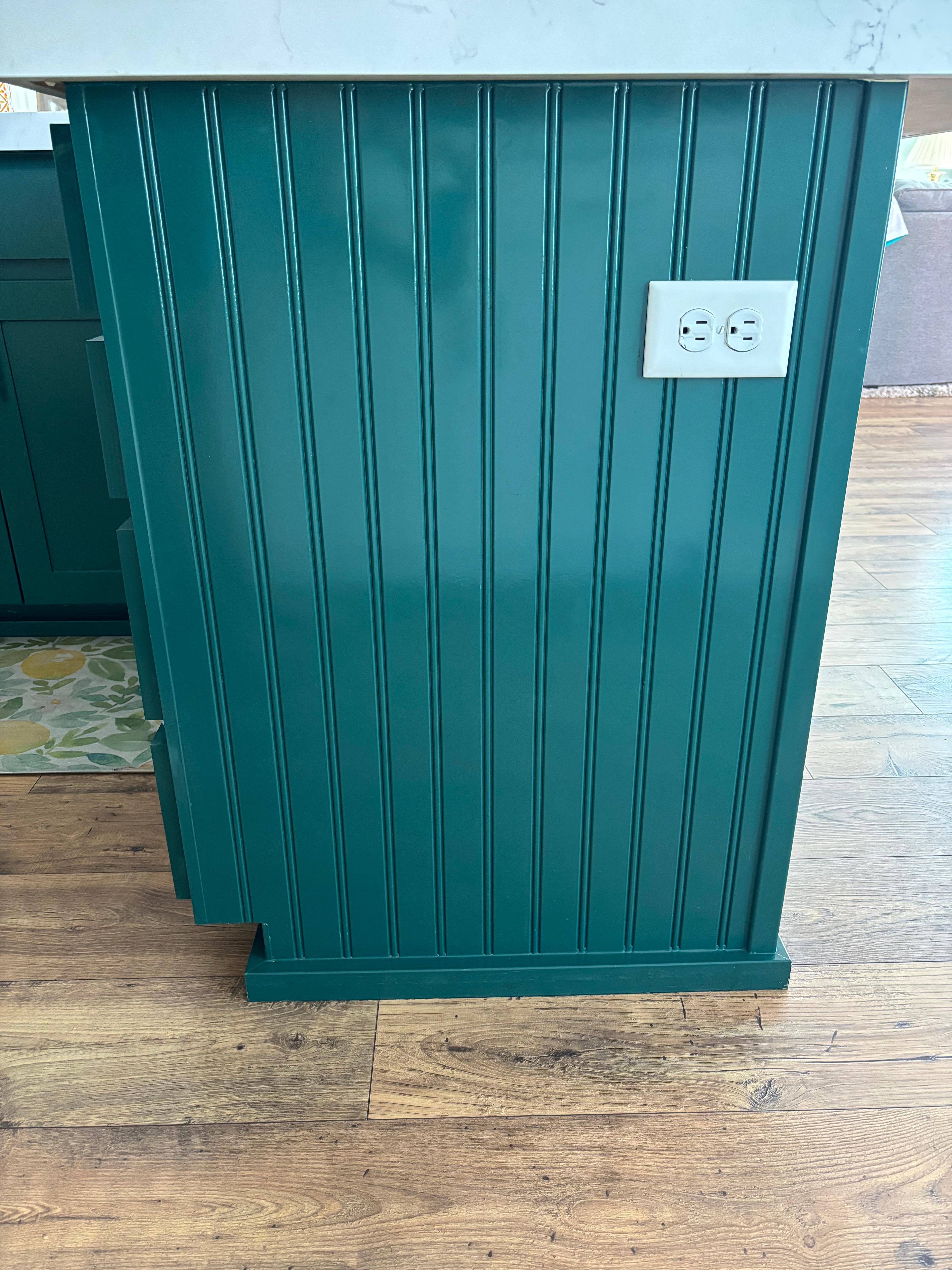
Photo by Anne Rowley
Featured Video
After I touch up whatever spot has been catching my eye, I like to take a bit of a walk around to see if there’s anything else that needs some attention. I can’t tell you how satisfying it is to stroll around my house after I’ve done this and be mindful of how much more put together my room feels—I mean, now that my eye isn’t being drawn to missing paint, it can now be drawn to my velvet, dark green settee, right?
Why it works
There are many benefits to keeping a little paint in a small jar. For one, it’s much easier to shake up in your hand than to try to mix a gallon or more of paint with a stick. It’s also just easier to keep several small jars somewhere accessible than to fight cobwebs in whatever place you store your extra paint, and that’s if you even have the luxury of space to spare.
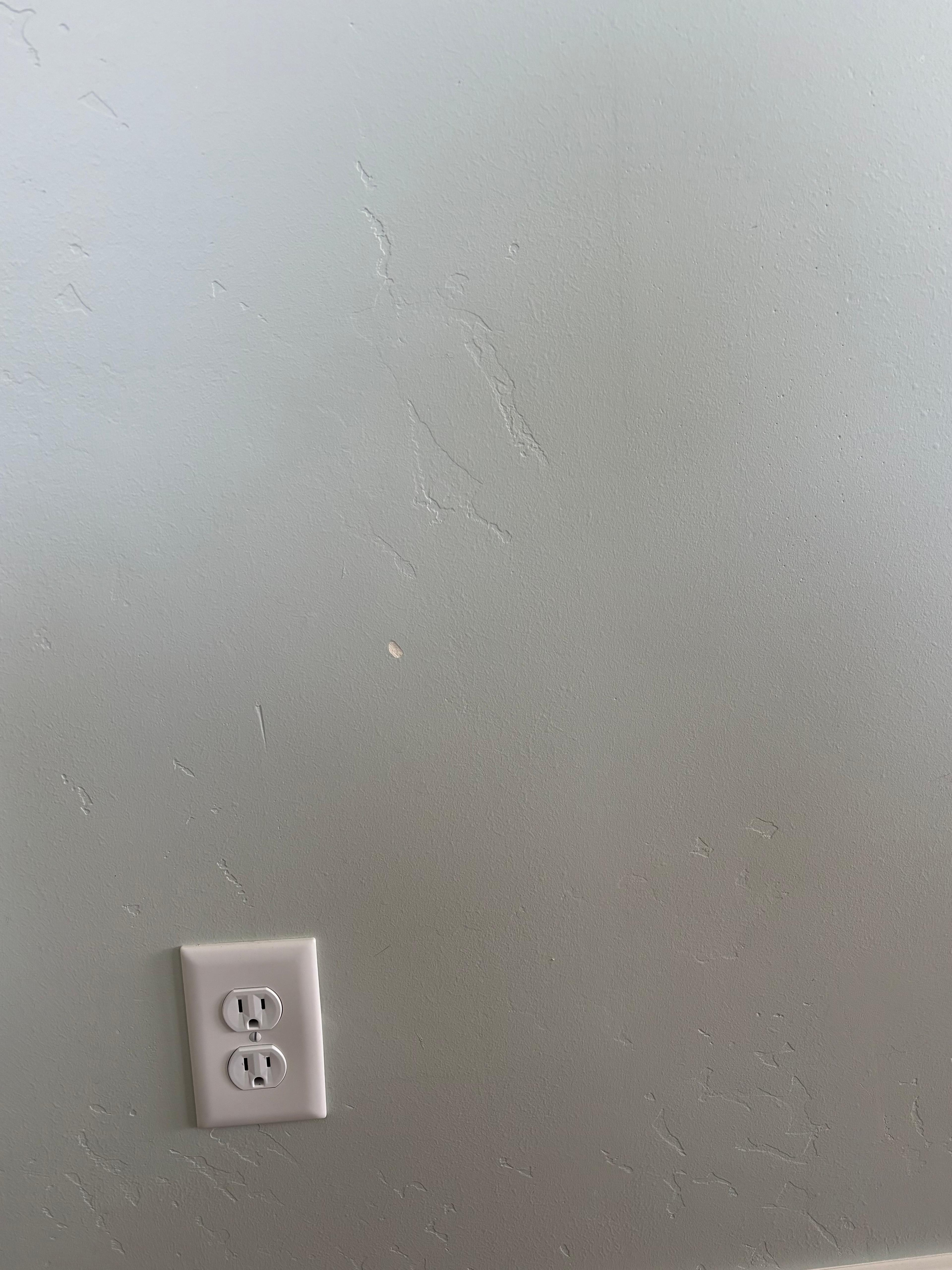
Photo by Anne Rowley
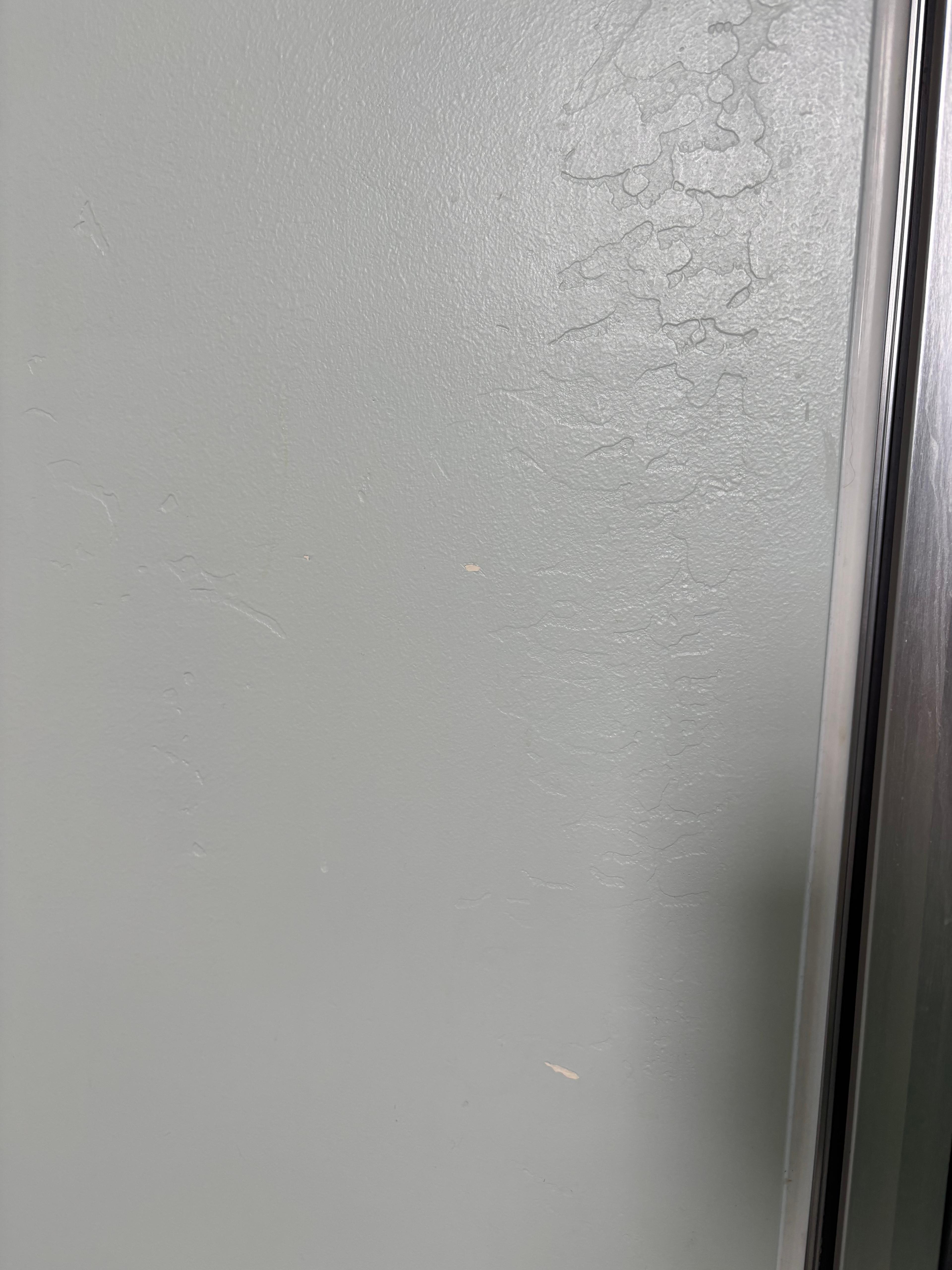
Photo by Anne Rowley
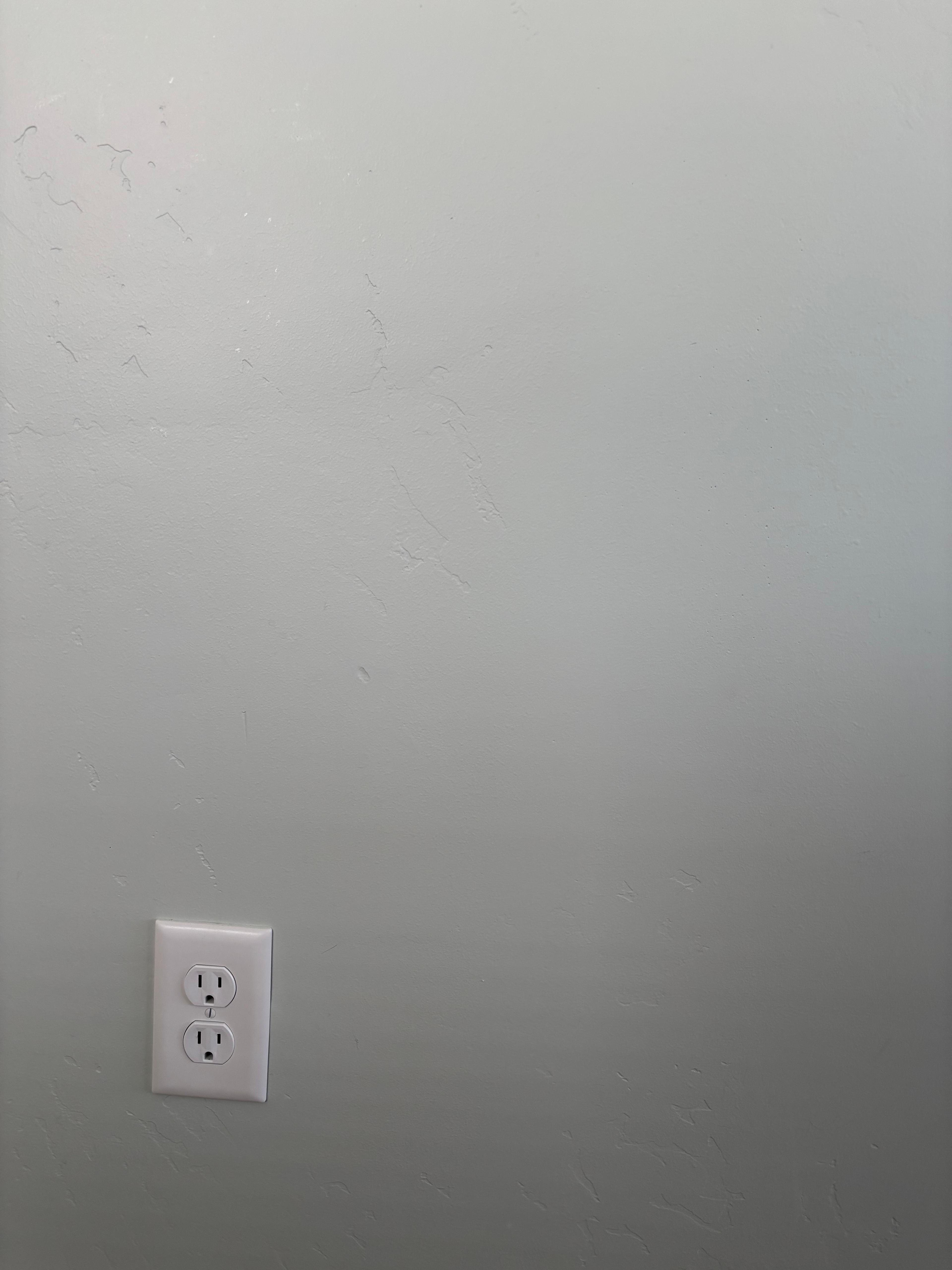
Photo by Anne Rowley
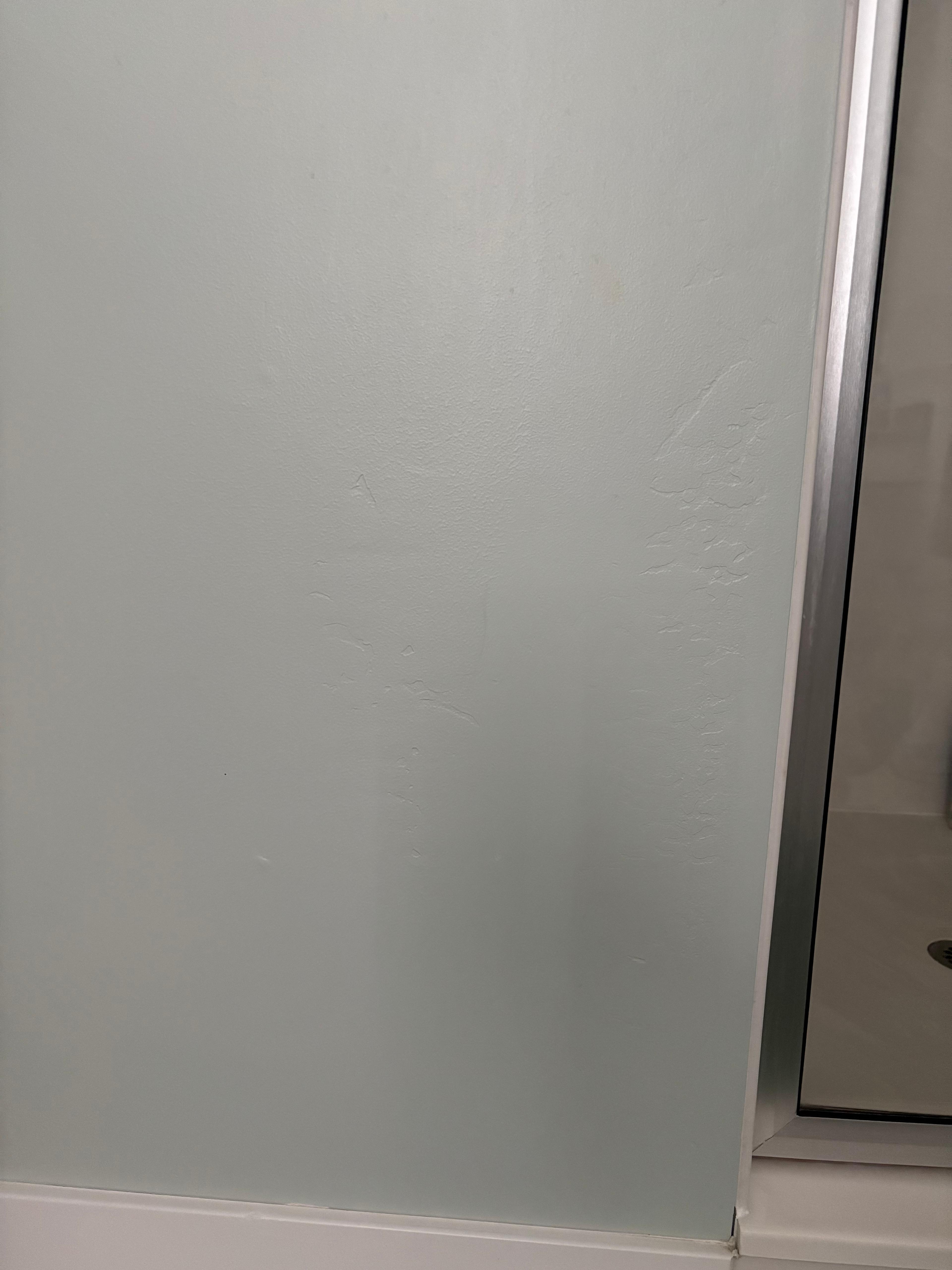
Photo by Anne Rowley
For me, these small moments of maintenance go a long way to keeping my home feeling cared for and fresh. Now when I see a nick in the paint, instead of putting it on my never-ending, mental load to-do list, as long as I have five minutes, I can cross it off before it ever takes up any of that precious space.
I’d like to think this trick is smart enough to fool you into thinking I couldn’t possibly have a Neanderthal brain, but I’ll let you be the judge.
- 1
The Laundry Hack That Finally Ended My Morning Chaos
Because I needed one less decision to make before 8 am.
- 2
This Stainless Steel Cleaner Changed My Relationship with Cleaning
A semi-embarrassing moment led to years of instant gratification.
- 3
The Secret to a Home That Feels Lived In
How to create a home that feels layered, personal, and timeless.

This Bathroom Trash Can Ended an Ongoing Household Fight
No more errant floss or nail trimmings to be seen.